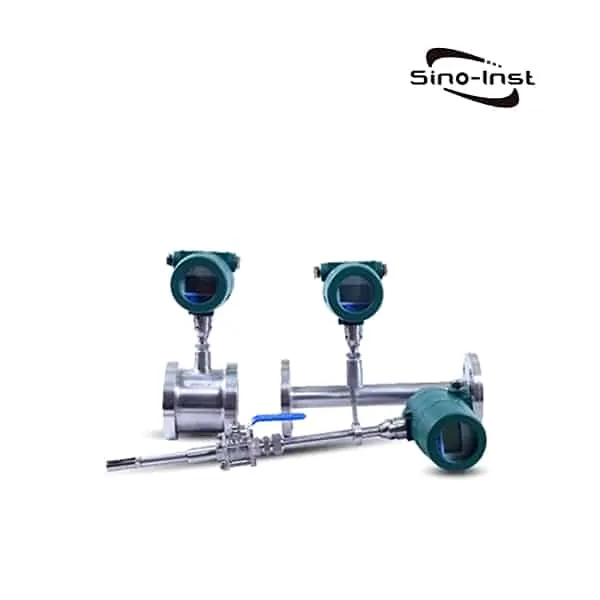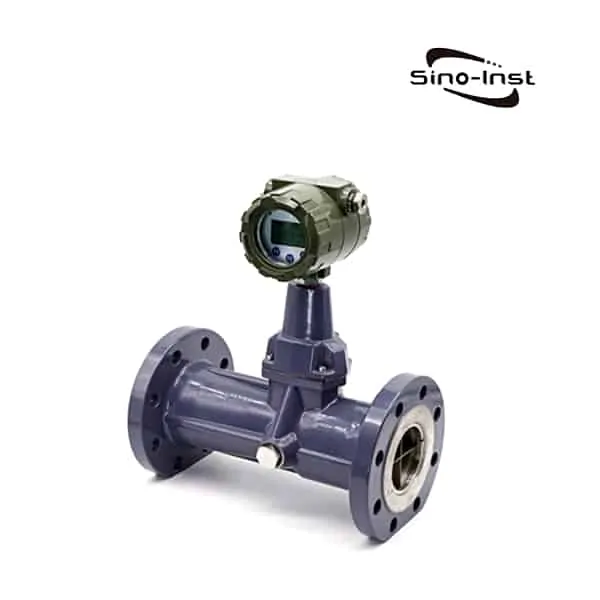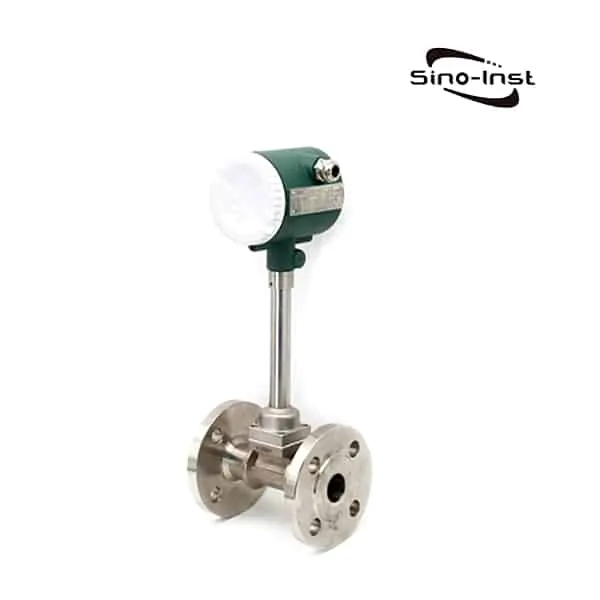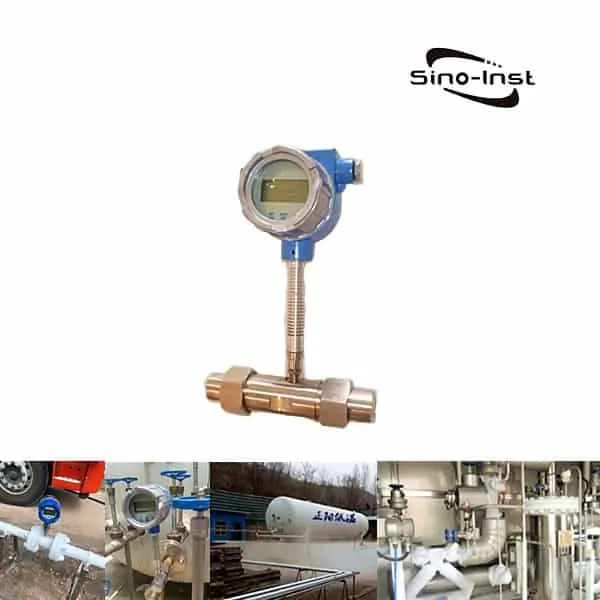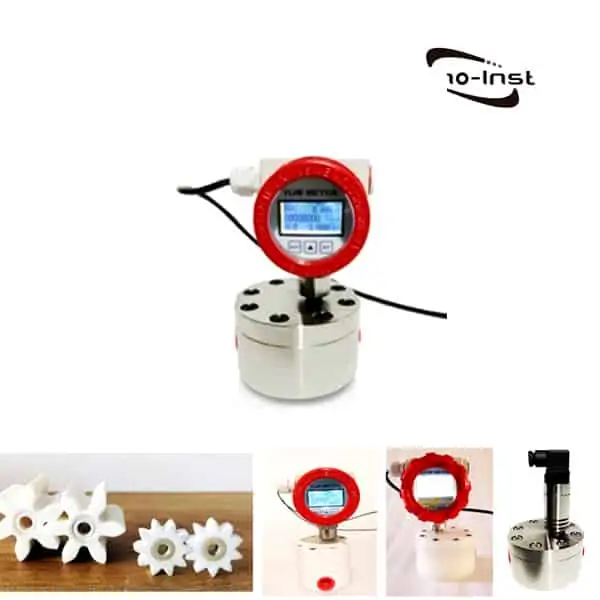Zirconia Oxygen Analyzer is an analyzer used to monitor and control the oxygen concentration of flue gas in combustion gases, boilers and industrial furnaces. Widely used in industrial fields that require a lot of energy – such as steel plants, power plants, petroleum and petrochemical, ceramics, paper, food or textile industries, as well as various incinerators and medium/small boilers, etc. Zirconia Oxygen Analyzer helps save energy. It can also reduce CO2, SOx, and NOx emissions by controlling complete combustion. Contribute to the protection of the earth’s environment, prevention of global warming and air pollution.
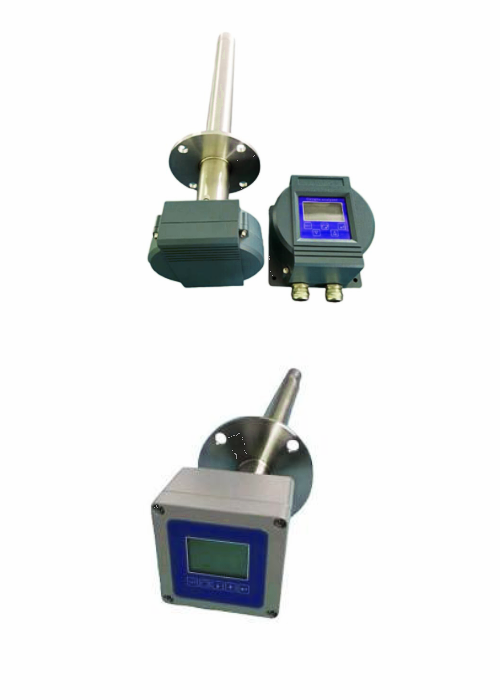
Integrated Zirconia Oxygen Analyzer Features
- Aluminum die-casting junction box, IP65 protection level, exquisite appearance.
- The filter adopts a circular sheet shape, which reduces the direct erosion of flue gas and prolongs the service life.
- At the same time, there is no need to consider the directionality.
Technical Specifications
| Display | LCD menu operation |
| Instrument accuracy | 1% |
| Temperature control accuracy | ±1℃ |
| output | 4-20mA |
| power supply | 220V+10% |
| power | <150W |
| Range | 0-25% (programmable) |
| Flue gas temperature | 0-700℃ |
| Flue gas pressure | -20KPa~+20KPa |
| Protection tube material | 316L stainless steel protection tube |
| Specification | Φ45mm |
| Transmitter material | cast aluminum |
| degree of protection | IP65 |
| flange | Outer diameter 155mm hole distance 130mm (other specifications are optional) |
| Furnace resistance value | Standard 60Ω (optional 80Ω, 120Ω, 160Ω) |
| service life | 15 years (according to actual working conditions) |
| Probe length | 500mm, 800mm, 1000mm, 1200m (other specifications can be customized) |
Frequently Asked Questions
Standard gas:
National secondary standard material, oxygen in nitrogen. Oxygen content is proportioned according to need. The general standard is 5.0%. Calibrate zirconia oxygen analyzers against known gas standards. Turn on the calibration gas, connect the calibration gas connection hose to the calibration gas inlet of the zirconia probe, and judge whether the zirconia oxygen analyzer is accurate according to the known oxygen content of the calibration gas.
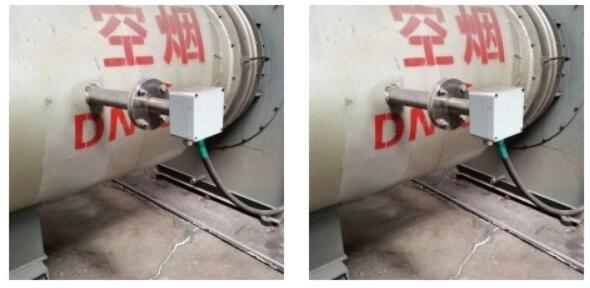
Selection of Zirconia Oxygen Analyzer
1) The flue gas temperature at the recommended installation sampling point
Low temperature type is selected when the flue gas temperature is below 400°C;
When the flue gas temperature is below 700°C, select the warm type;
Choose the high temperature type when the temperature is above 700°C.
If the flue gas contains more corrosive gases, an aspirating oxygen analyzer with a sample gas pretreatment device should be selected.
2) Select the probe length
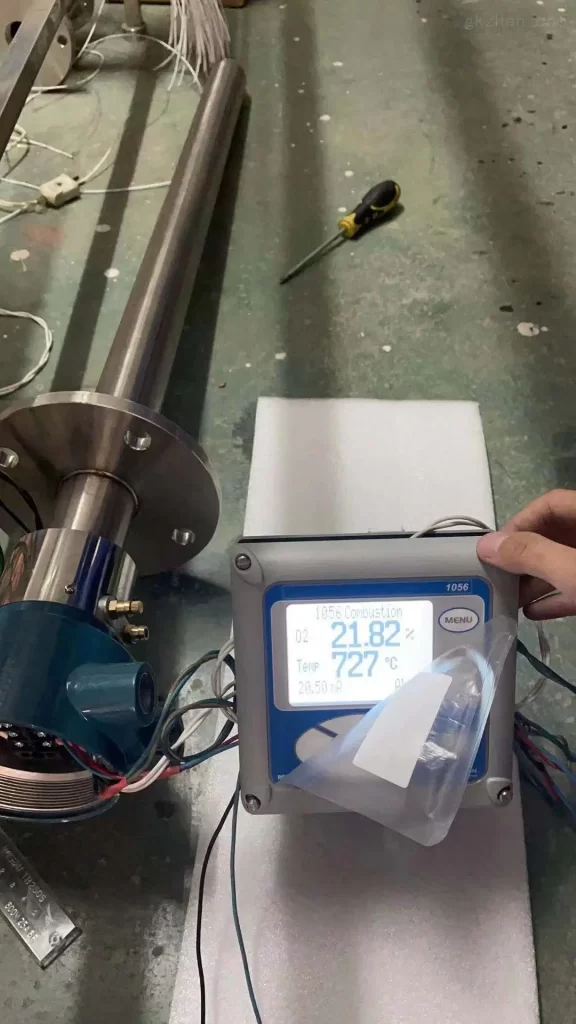
The total length of the probe refers to the length from the installation flange to the sampling port of the oxygen sensor. The actual total length of the probe should also add 150mm to the length of the junction box.
Probe length = mounting screw distance 100mm + furnace wall thickness + length inserted into the furnace or flue (generally around 400mm)
3) Instrument selection
Oxygen converters can be divided into disc meters and wall-mounted meters according to the installation form. The disc meters include disc vertical meters and disc horizontal meters. The installation position of the wall-mounted meter can be selected at a place close to the oxygen detector and convenient for debugging.
There are four options for the oxygen content of the full scale of the transmitter: 0~5%, 0~10%, 0~20.6% (factory default value), 0~25%, corresponding to the current output of 4~20mA.
More Gas Measurement Solutions
Shop Pipe Flow Meters for Liquid and Gas 101
Industrial Gas Measurement with Digital Gas Mass Flow Meters
High Pressure Rotameter for Liquids/gas-Upto 25 Mpa
Digital Flow Meter for Argon Gas
Explore Oil and Gas Flow Meters
Digital Gas Flow Meters & Controllers List For Air-O2-N2-CO2
Introducing our Integrated Zirconia Oxygen Analyzer, a cutting-edge tool designed to measure oxygen levels accurately. This device utilizes zirconia’s unique properties to give precise readings in various environments, from car emissions control to environmental monitoring.
We, at Sino-Inst, are experienced manufacturers and suppliers in the field of Zirconia Oxygen Analyzers. We not only offer top-quality products but also provide customization to cater to your unique needs. With Sino-Inst, you get a reliable partner committed to your success.
Contact us today to discover how our Integrated Zirconia Oxygen Analyzer can enhance your operations.
Request a Quote

Wu Peng, born in 1980, is a highly respected and accomplished male engineer with extensive experience in the field of automation. With over 20 years of industry experience, Wu has made significant contributions to both academia and engineering projects.
Throughout his career, Wu Peng has participated in numerous national and international engineering projects. Some of his most notable projects include the development of an intelligent control system for oil refineries, the design of a cutting-edge distributed control system for petrochemical plants, and the optimization of control algorithms for natural gas pipelines.
Integrated Zirconia Oxygen Analyzer | Manufacturer Sino-Inst

Zirconia Oxygen Analyzer is an analyzer used to monitor and control the oxygen concentration of flue gas in combustion gases, boilers and industrial furnaces. Widely used in industrial fields that require a lot of energy - such as steel plants, power plants, petroleum and petrochemical, ceramics, paper, food or textile industries, as well as various incinerators and medium/small boilers, etc. Zirconia Oxygen Analyzer helps save energy. It can also reduce CO2, SOx, and NOx emissions by controlling complete combustion. Contribute to the protection of the earth's environment, prevention of global warming and air pollution.
Product SKU: Integrated Zirconia Oxygen Analyzer
Product Brand: Sino-Inst
Product Currency: USD
Product Price: 2000
Price Valid Until: 2029-09-09
Product In-Stock: PreOrder
5

